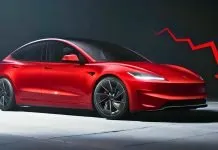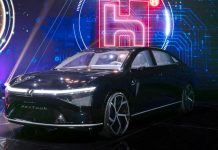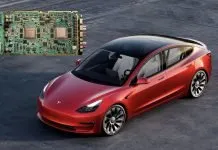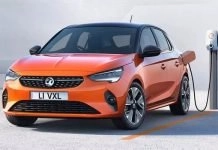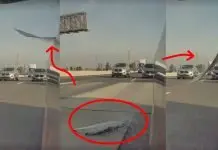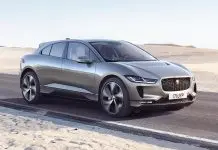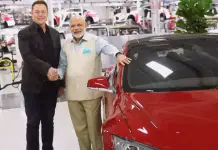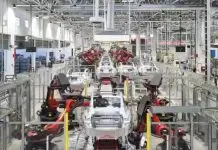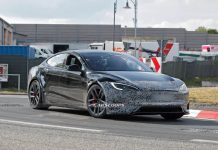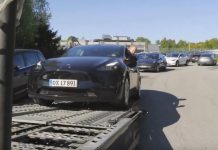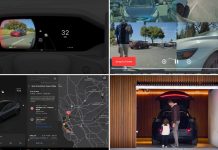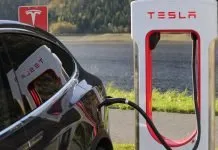The latest example of automotive ingenuity and the continued use of an outdated testing system is when a 16-year-old driver in New Jersey failed his driver’s license examination after the DMV employee mistook the typical features of a Tesla car for an unauthorized driver assistance tool.
Lochlan Keefer arrived with his father, James, to take his driving test in their Tesla Model Y, 2022. Then there was something that ought to have been an ordinary exam, but soon turned into a hot topic as the examiner failed Lochlan because of using the Tesla driver assist features, even though the family did not even have a subscription to the Tesla Full Self-Driving (FSD) system.
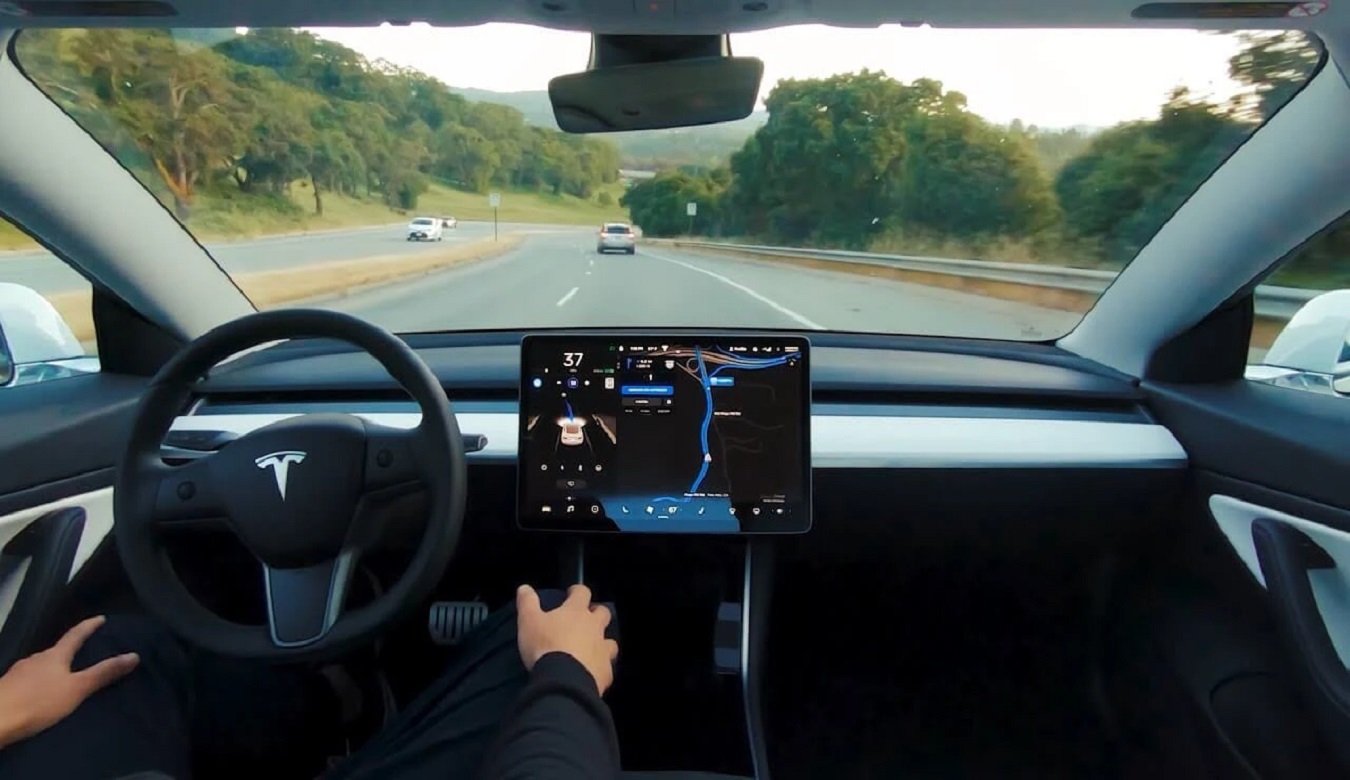
Regenerative Braking vs. Driver Assistance
In the written explanation for the failure, the examiner notes that Lochlan turned on the setting of parking assistance and stopping settings. He never pressed the pedal of brake pedal to stop and “allowed the car to stop itself.” But James Keefer indicates that this evaluation was based on a misconception of Tesla’s regenerative brake, which is a typical component of every Tesla vehicle, and most electric cars (EVs) in general.
The regenerative braking state reduces the car when the driver stops accelerating and turns kinetic energy into electricity, charging the battery of car. One may notice that it might appear as though the car is braking itself; yet, the capability is entirely on the driver whose foot is on the accelerator, and has nothing in common with any autonomous or semi-autonomous driving technology.
James Keefer also denied the fact that his son tried some auto features of parking. According to Keefer, the examiner cursed my son, claiming that he applied for driver assistance just because he had parked within the parallel lines the first time around, NJ.com. He had been reported to have used parking-assist and driving features, which are paid, an allegation that we do not subscribe to.
DMV Backpedals Without Policy Proof
According to James, when he asked the examiner a question and sought a policy, the people of DMV could not give him any documentation to cover the decision. I told them to guide me in seeing the policy we were infringing on. It was something they could not find, and they could not quote it. When I presented the policy to them, they were not willing to read it”, he said.
DMV also supported the decision by the examiner and told the family that Lochlan would require two weeks to retake the test, even though they were not to activate regenerative brake assist features during the next one.
It is not the only case. Such failures have also been reported in California and Arizona, in which examiners who are not knowledgeable about Tesla technologies have considered normal working of EVs, like reproduction of documents, to have violated the test instructions.
Conclusion
As electric and semi-autonomous vehicles become the norm, the licensing bodies will be forced to not only update their policies but also upgrade the educational training standards of their examiners. In the situation of Lochlan, the absence of precision and perception could have discriminated against his driving liberty. Or will the Keefers and hundreds of other families that drive EVs be forced to choose between penalized progress in vehicle safety and efficiency and acceptance on the part of those in charge of a population in terms of readiness to occupy public roads?
Until such time when policy and practice have caught up with innovation, puzzles such as the story of Lochlan Keefer may still serve to frustrate the new generation of drivers.




